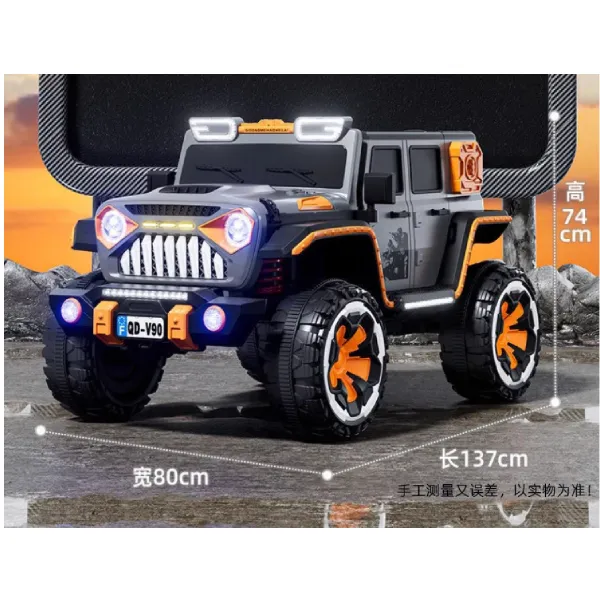Mar . 06, 2025 11:44 Back to list
mountain bike shifters


Cable-actuated shifters have been the longstanding standard in mountain biking, relying on tensioned steel cables to transmit force from the control levers to the derailleurs. Though efficient, cable systems require periodic maintenance to avoid rust, stretch, and friction. Recent advancements have introduced electronic shifters, such as Shimano’s Di2 or SRAM's AXS systems, which eliminate cables in favor of wired or wireless electronic signals. These systems promise exceptional accuracy and reliability, often self-tuning and adapting to maintain optimal performance without manual intervention. While the technology commands a higher price point, the benefits in precision and reduced maintenance have marked a new era of mountain biking sophistication. Trustworthiness in shifter selection is as vital as performance itself. Reputed brands like Shimano, SRAM, and Campagnolo offer assurance through rigorous testing and innovation. Choosing components from these industry leaders fosters confidence, knowing they invest continually in research and development to enhance rider experience and satisfaction. This confidence in brand reliability returns in the form of after-purchase support, comprehensive warranties, and an extensive dealer network. In evaluating mountain bike shifters, the parameter of compatibility cannot be overstated. Each shifter brand typically follows proprietary indexing systems aligned with their specific drivetrains. It's essential for consumers to ensure that the shifters match the number of speeds and the make of the derailleurs for optimal performance. Misalignments here can lead to compromised gear changes, negatively impacting the ride quality. To conclude, selecting the right mountain bike shifters is a multidimensional decision influenced by riding style, performance requirements, and brand trust. With innovations continuing to redefine traditional models, staying informed about the latest developments ensures that riders can not only keep pace with technological advancements but also enjoy the full spectrum of benefits that modern shifters provide, from the competitive edge in races to a smooth, uninterrupted journey through nature’s trails.
-
Discover Top E Bike Brand Insights, Specs & Future Trends | Yanline Bike
NewsNov.24,2025
-
Green E Bike – The Future of Sustainable Urban Mobility
NewsNov.24,2025
-
Ruffian eBike: Durable, Efficient Electric Bikes for Modern Mobility
NewsNov.23,2025
-
Comprehensive Guide to the Global E Bike Market and Future Trends
NewsNov.23,2025
-
Understanding Electric Bicycle Range: A Complete Guide for Smarter E-Bike Use
NewsNov.22,2025
-
Ceron Electric Bike – Efficient, Sustainable Urban Mobility Solutions
NewsNov.22,2025
-
Discover the Benefits and Innovations of Go Ebike | Sustainable Urban Mobility
NewsNov.22,2025




